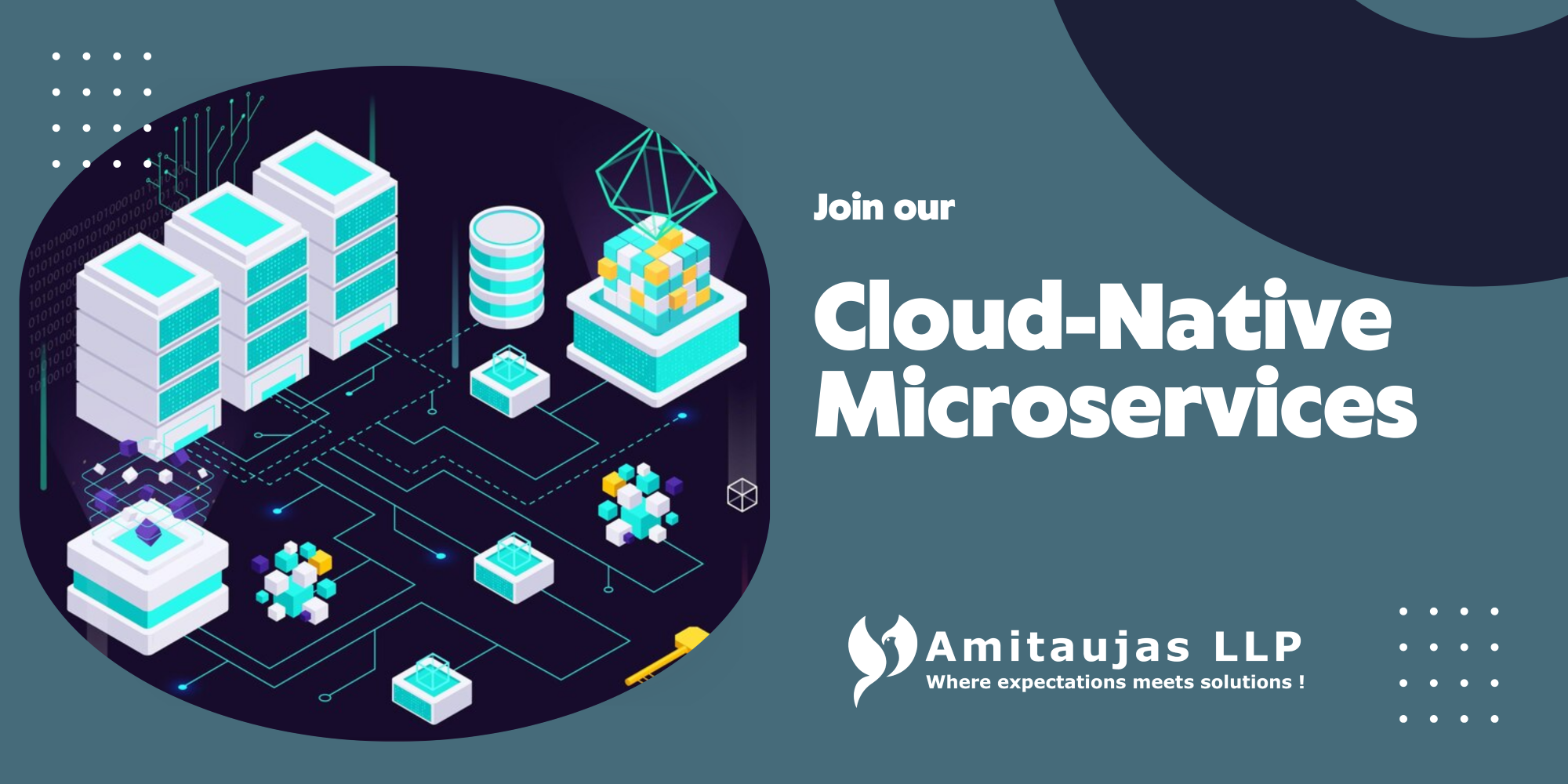
Cloud-Native Microservices
Introduction
The cloud-native microservices architecture is changing the way new applications are developed, deployed, and scaled. This approach divides large, integrated applications into smaller, independent services, each responsible for a specific business function. These microservices run in pipelined environments in the cloud, allowing organizations to update, scale, and deploy systems faster and more efficiently.
What Are Cloud Microservices?
Cloud microservices refer to a design approach where applications are built as a set of small, isolated services that are deployed in the cloud. Each service runs its own process and communicates with other services through lightweight protocols, such as HTTP or messaging queues. This decentralized approach contrasts with traditional monolithic applications, where all components are bundled together and share resources, making them harder to scale and update.
In a cloud-native environment, microservices benefit from cloud features such as automatic scaling, fault tolerance, and continuous integration/continuous deployment (CI/CD), allowing development teams to release new features more frequently with reduced risk.
Key Characteristics of Cloud-Native Microservices
- Decoupling and Modularity: Each microservice is independent and performs a specific function, increasing flexibility and allowing different teams to work on separate parts of the system without dependencies.
- Cloud-Native Scalability: Microservices are designed to scale horizontally. Cloud providers like AWS, Azure, and Google Cloud offer automatic scaling options to handle increased workloads.
- Containerization: Most cloud-native microservices are packaged into containers, providing consistency across development, testing, and production environments.
- Stateless and Event-Driven: Microservices are often stateless, relying on external databases or storage systems, and many are event-driven, responding to specific triggers in real time.
- API-based Communication: Microservices communicate through well-defined APIs, such as RESTful or GraphQL, increasing interoperability between systems.
